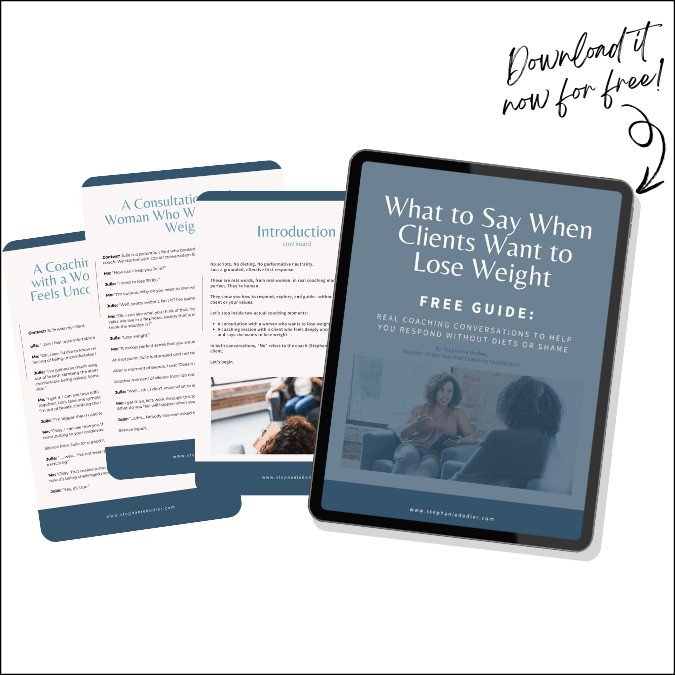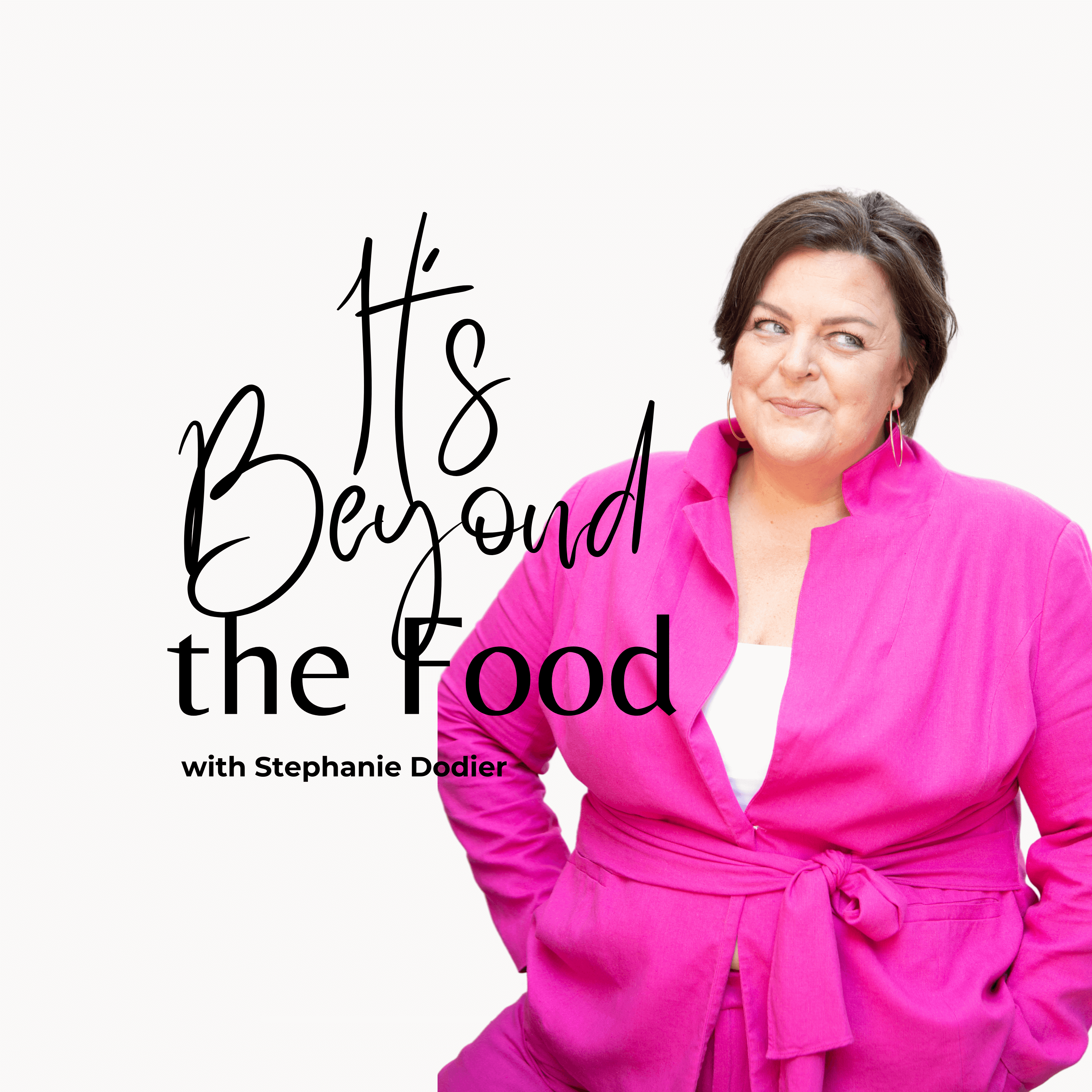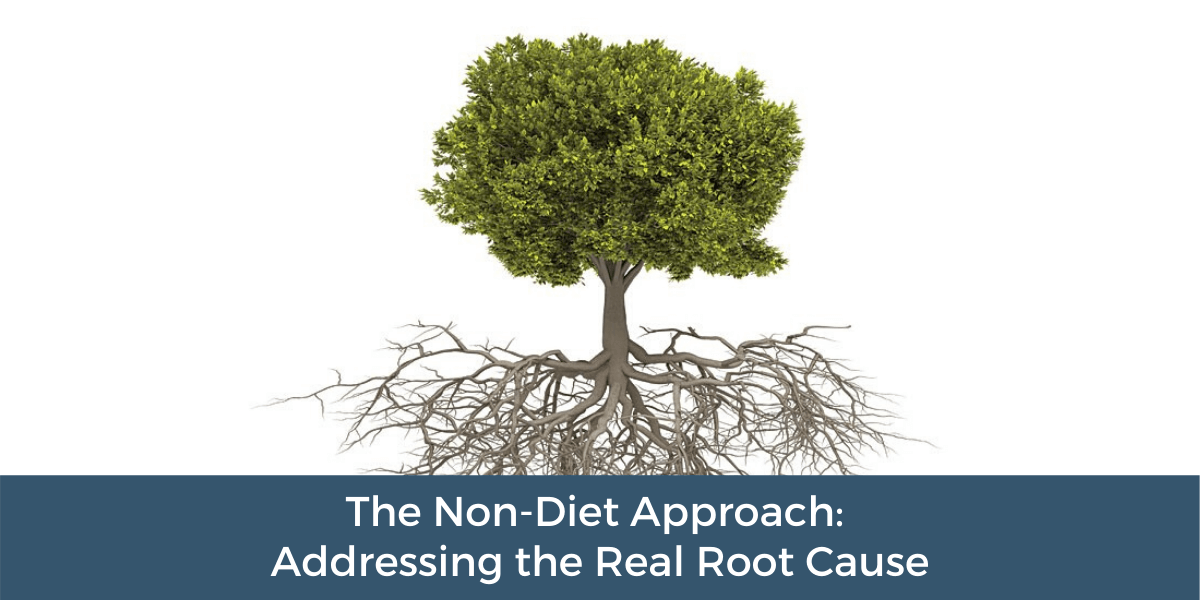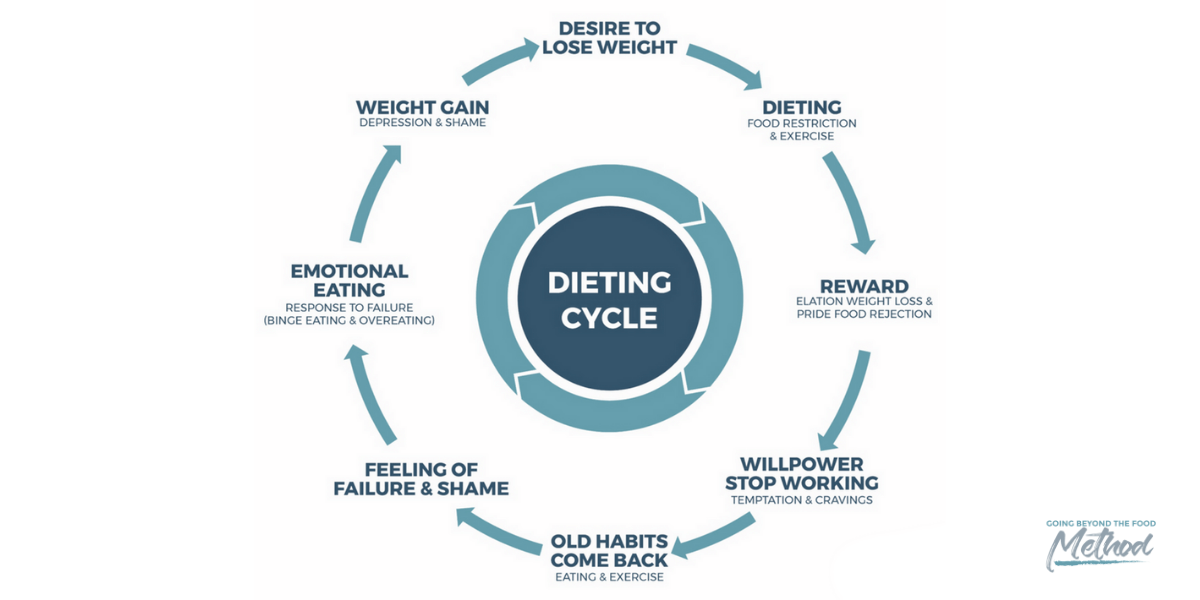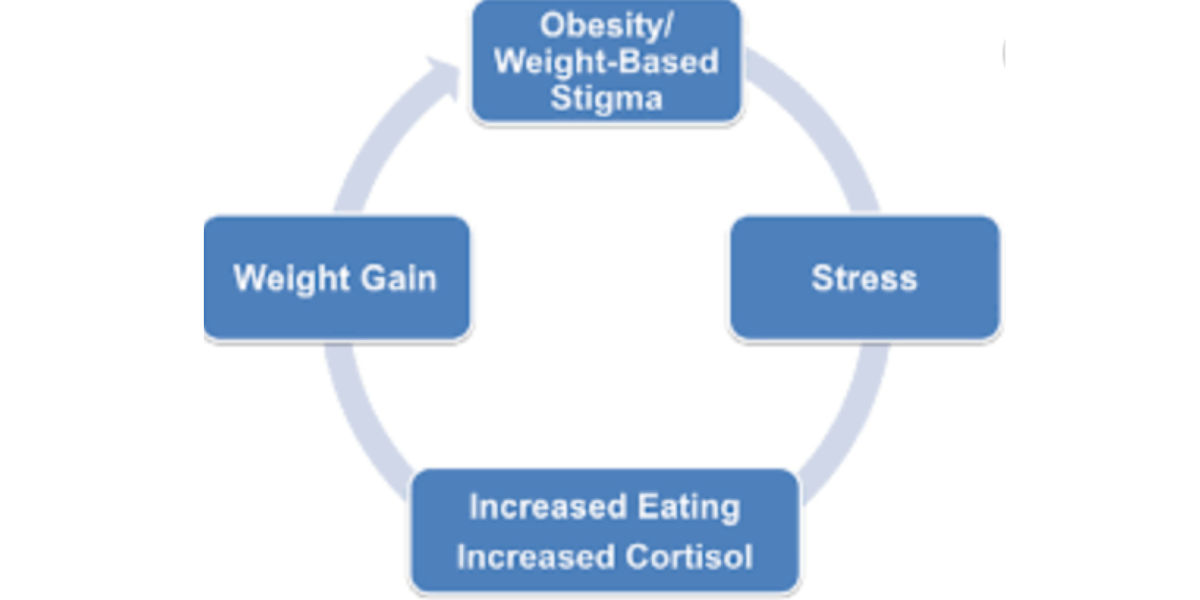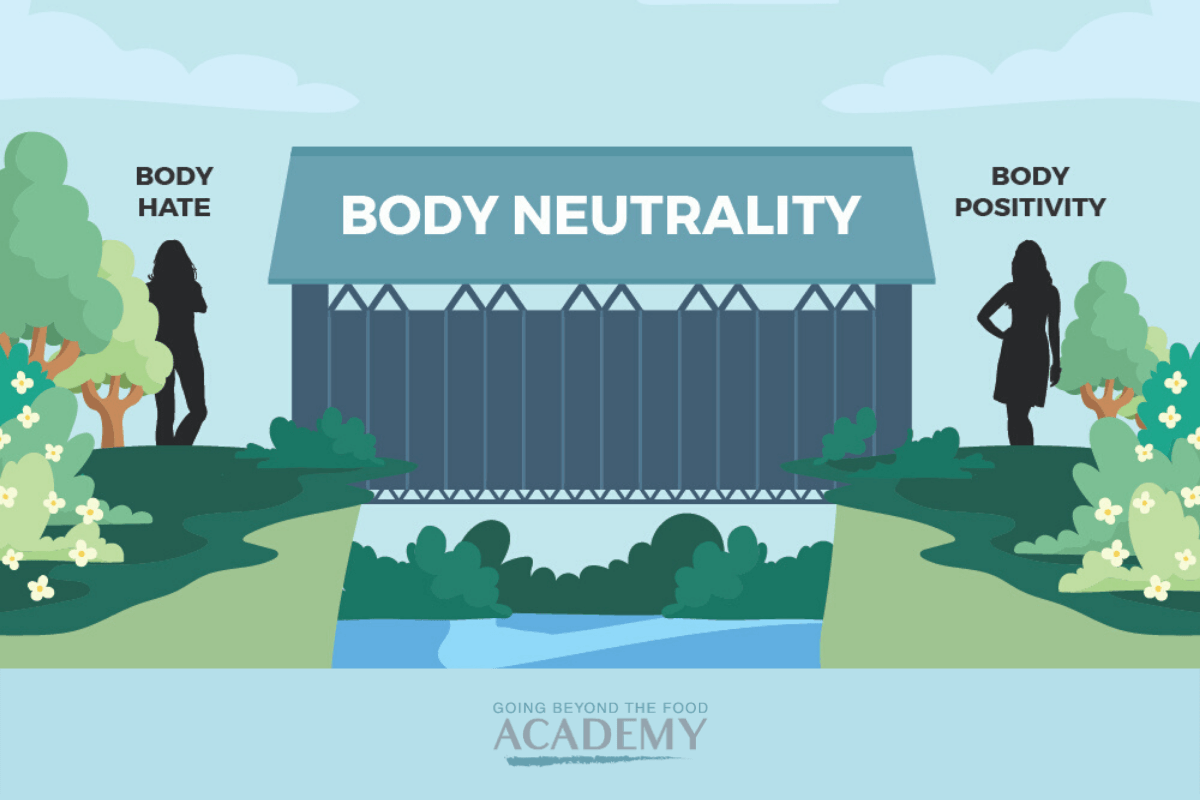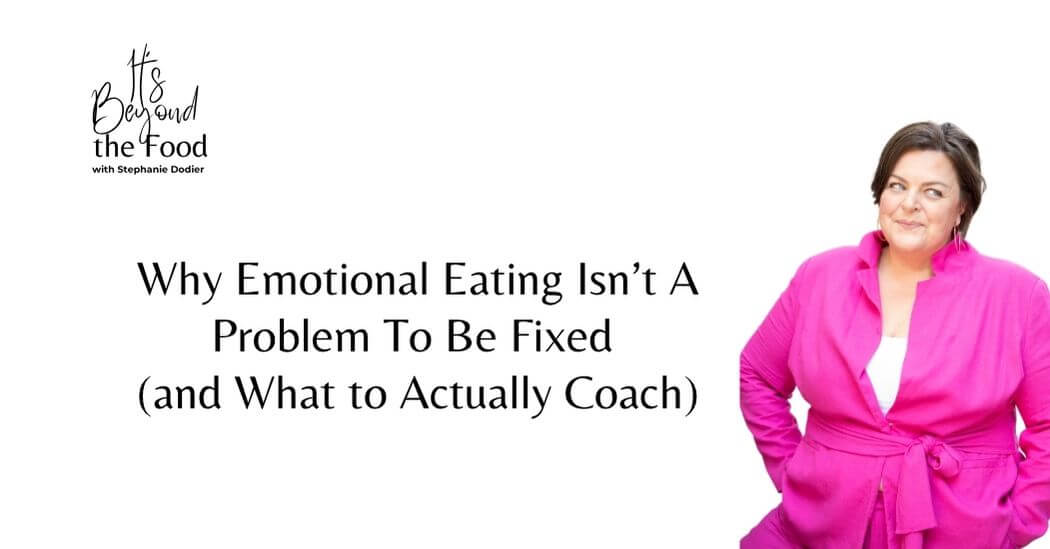

Emotional eating gets a bad rap—especially in wellness spaces where diet culture still lurks behind “clean eating” mantras and self-discipline pep talks. But what if emotional eating isn’t a problem to be fixed?
In weight-neutral coaching, we don’t pathologize normal human behavior. And yes, emotional eating is one of them.
Let’s explore a radically different way to understand and support emotional eating—one that centers curiosity, compassion, and long-term change.
Why Emotional Eating Isn’t the Problem
First, let’s get clear: emotional eating is simply eating in response to emotions rather than physical hunger. That’s it. And it’s something every human does. Think holiday meals, birthday cake, or comfort food after a tough day. None of this is inherently harmful.
So why is emotional eating treated like a moral failing?
Because diet culture taught us that any eating outside strict rules is wrong. It convinced us that emotional eating is the reason diets fail, rather than acknowledging that the diet itself is the problem.
In truth, emotional eating becomes a concern only when it’s the primary or sole strategy someone uses to regulate emotions—and even then, the issue isn’t the food. It’s the absence of alternative tools for emotional regulation.
Learn more in The Gift of Emotional Eating.
Rather listen to the audio version of this blog? We’ve got you…
Emotional Eating Exists on a Spectrum
Emotional eating isn’t black or white. It lives on a spectrum, influenced by context, motivation, and frequency.
Take these examples:
- Normal emotional eating: Enjoying holiday meals steeped in family tradition and love.
- Disordered emotional eating: Eating to numb feelings of shame, fear, or stress with no other coping tools.
Same behavior. Different context.
This is why labeling any emotional eating as “bad” misses the mark. It ignores the nuance, and it erases the humanity of the client in front of you.
Understanding the Spectrum of Eating Behavior & Body Dissatisfaction
To fully support clients, it helps to visualize the spectrum of eating behavior & body dissatisfaction behaviors. This image below illustrates how body awareness can shift into body preoccupation and even body paralysis, depending on emotional, social, and psychological factors.
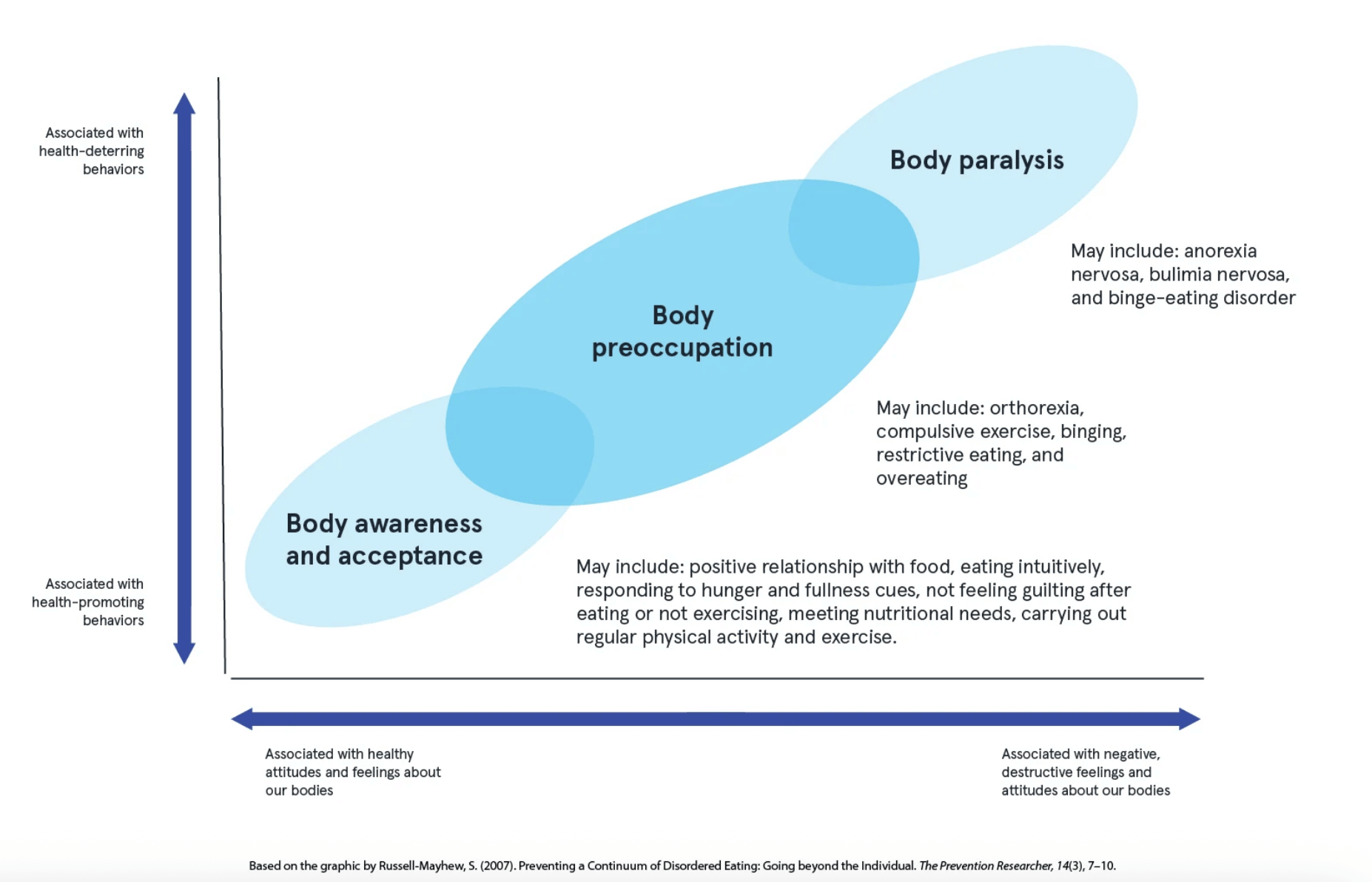

Based on the research: Preventing a Continuum of Disordered Eating: Going beyond the Individual
The Eating Pendulum: Another View on Why Emotional Eating Happens
Another helpful way to understand emotional eating is through the lens of the pendulum swing. When clients restrict their food intake—whether through dieting, clean eating, or food rules—they often find themselves swinging to the other extreme: bingeing, emotional eating, or compulsive eating. This isn’t a failure. It’s a biological and psychological response to deprivation.
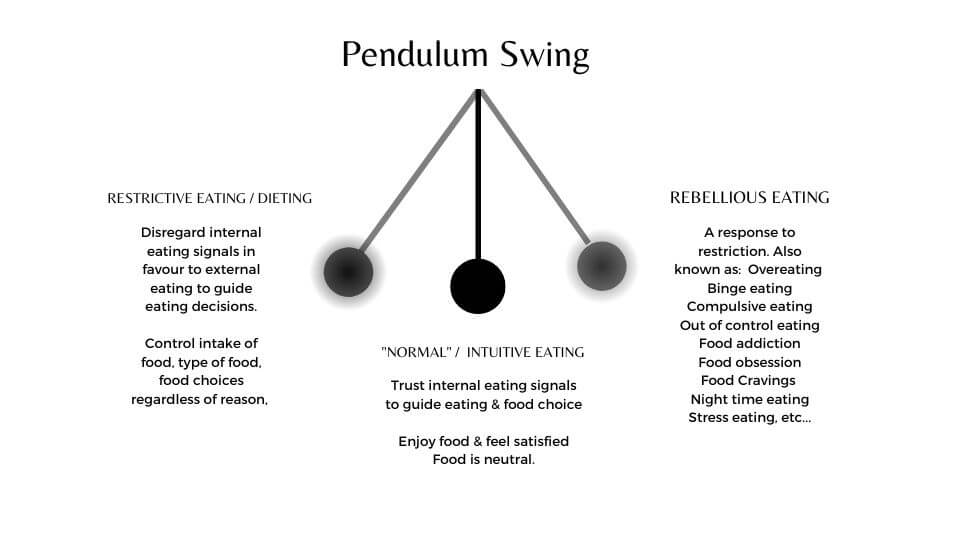

In the middle lies intuitive eating, where food is neutral, and decisions come from internal cues, not rules. Rebellion is not the problem. Restriction is. And emotional eating, in this context, is often a signal that something needs to shift.
The Real Work: Go Beyond the Food
Here’s the truth: you can’t coach emotional eating effectively if you only focus on food. You have to go beyond the plate and get curious about what’s happening underneath the behavior.
This means helping clients explore:
- What emotions trigger their eating behaviors
- How they’ve been taught to cope with discomfort
- Their beliefs about food, bodies, and worth
We use a cognitive-behavioral lens, because it helps us understand the beliefs and thoughts that drive eating behavior. We also bring in emotional and nervous system regulation skills—not to “fix” the eating, but to expand our client’s toolbox for care.
How to Coach Emotional Eating Without Reinforcing Diet Culture
Here are three coaching strategies to reframe emotional eating and support clients skillfully:
1. Normalize Emotional Eating
Start here. Teach clients that emotional eating is not a flaw. It’s a learned, adaptive behavior. It’s also an invitation to get curious.
Offer analogies: eating at a funeral or a wedding, childhood comfort meals, cultural traditions. Remind them that food has always been emotional.
2. Get Curious, Not Critical
Most clients come in ready to judge themselves. Instead, guide them to ask:
- “What am I feeling right now?”
- “What do I need right now?”
These questions open the door to self-awareness. They shift the focus from food as the enemy to the emotion as the messenger.
Teach the difference between curiosity for compassion and curiosity for judgment. That distinction changes everything.
3. Build Regulation Skills
This is where most trainings stop short. Knowing that emotional eating is normal is great. But your clients also need support learning new ways to respond to emotions.
That’s where coaching comes in. We teach emotional regulation, nervous system awareness, and body attunement so clients have more choices than just food.
Redefining Success: Behaviors, Not Bodies
A weight-neutral approach doesn’t aim to eliminate emotional eating. It aims to expand a client’s capacity to meet their emotions with compassion and choice.
When emotional eating becomes one of many tools—instead of the only one—clients start to feel empowered. And that shift doesn’t just change how they eat. It changes how they live.
Explore Intuitive Eating as a supportive path forward.
Let’s stop pathologizing emotional eating and start honoring it as the doorway to deeper healing.
Ready to Coach Emotional Eating with Skill (Not Scripts)?
You can access all of our services on our work with us page. We have a number of programs and service levels enabling us to serve most women:
Free Resources and Masterclasses: Get started and get to know us better!
Private coaching with Stephanie and her team Stephanie and her team of Certified Non-Diet Coaches are waiting to support you in a one-to-one setting with an individualized plan.
Non-Diet Coaching Certification for professionals ready to integrate the Going Beyond The Food Method™️ in their practice and for women wanting to become a Certified Coach and build a business coaching other women beyond the food.


